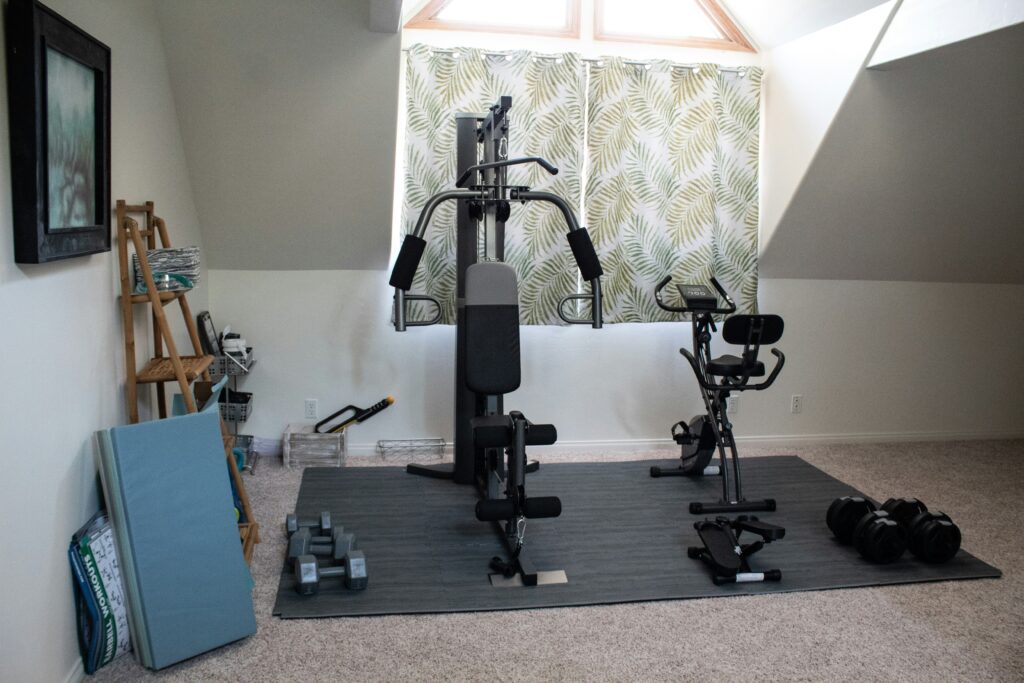Have you ever wondered if there’s a time-efficient workout that doesn’t require you to step out the door but still promises impressive results? Guess what? There is. It’s called High-Intensity Interval Training, more commonly known as HIIT. This fitness approach has been gaining quite the momentum among enthusiasts who are looking to make the most out of every sweat session, particularly because it packs a punch in a short period of time.
So, what’s the scoop on HIIT? It’s a type of training where you give all-out, 100% effort through quick, intense bursts of exercise, followed by short, sometimes active, recovery periods. This heart-pumping way of working out isn’t just about burning calories; it’s also about increasing your metabolic rate significantly and improving your endurance. Pretty wild, right?
But wait, there’s more. HIIT isn’t just limited to the gym’s turf. Its versatility means it can seamlessly fit into your home environment. No hefty gym fees or fancy equipment needed here. Plus, HIIT workouts can be scaled up or down depending on your starting point, and they can evolve as you do, making them perfect for a range of fitness levels. There’s a lot of opportunity in this style of training to carve out an effective, personalized workout routine without leaving your living room.
Now, before you launch into your first burpee or sprint, it’s crucial to have a game plan. And that’s going to include assessing your current fitness level, understanding the importance of a dedicated workout space, and figuring out whether you’re going equipment-free or investing in a few key pieces. In the next section, ‘Planning Your Home HIIT Journey,’ I’m here to help you with all that, ensuring you start off on the right foot – both literally and figuratively.
Planning Your Home HIIT Journey
Getting started with high-intensity interval training (HIIT) at home can spark a transformation in your fitness routine. However, jumping in without a clear plan might lead to frustration or injury. So, I’m going to walk you through how to plan effectively, ensuring your HIIT journey is both safe and rewarding.
First up, you’re going to want to assess your current fitness level. This isn’t just about checking how many push-ups you can do; it’s understanding your body’s strengths and limitations. Setting realistic goals is key here. If you’re new to exercise, your aims will be different from someone who’s already active but looking to intensify their workouts.
Next, let’s talk about your workout space. You need an area where you can move freely and safely. Clear any obstacles that might trip you up mid-burpee! Having a dedicated space also sets a mental ‘zone’ that can boost your focus and performance.
When it comes to equipment, it’s all about choice. You can throw punches and leap into lunges without spending a dime. But, if you want to add some weight or variety, a couple of kettlebells, a jump rope, or resistance bands might be a good investment. Choose whatever supports your plan – keep it simple or gear up as you go.
Deciding on a HIIT routine can be intimidating with all the options out there. Pre-made programs crafted by fitness pros are great for guidance and structure. But honestly, custom routines allow for personalization that can keep you engaged for the long haul. Maybe start with a tested program, then tweak it over time to challenge yourself.
Executing Your HIIT Workouts: Tips and Best Practices
You’re probably eager to jump right in and feel the burn, but hold on! There’s a critical component you shouldn’t overlook – the warm-up and cool-down. They’re the essential bookends of your HIIT session, not just trivial add-ons. A good warm-up preps your muscles, while the cool-down helps with recovery, reducing the risk of next-day soreness.
Now, don’t just focus on speed and reps; technique matters a LOT. Proper form is your best friend—it keeps injuries at bay and ensures you’re getting the most out of each exercise. If you’re ever in doubt, slow it down. It’s better to perform fewer reps correctly than to breeze through them with poor form.
I’m here to help you keep your spirits high and your commitments strong. That means tracking progress. Whether it’s jotting down your rep counts, recording times, or taking note of your recovery periods, these data points can be incredibly motivating. Plus, they paint a clear picture of your improvement over time.
Don’t underestimate the power of rest. Your body isn’t slacking off on those off days; it’s repairing and strengthening. Skipping rest days can lead to burnout or injury, putting a damper on your HIIT hopes. Mark your calendar with as much enthusiasm for rest days as workout days.
Finally, embrace the camaraderie of HIIT—even if it’s virtual. Buddy up with a friend, join an online community, or follow a fitness influencer who aligns with your goals. This isn’t just about commiseration; it’s about celebration. Share your milestones, seek support when you falter, and offer encouragement to others.

